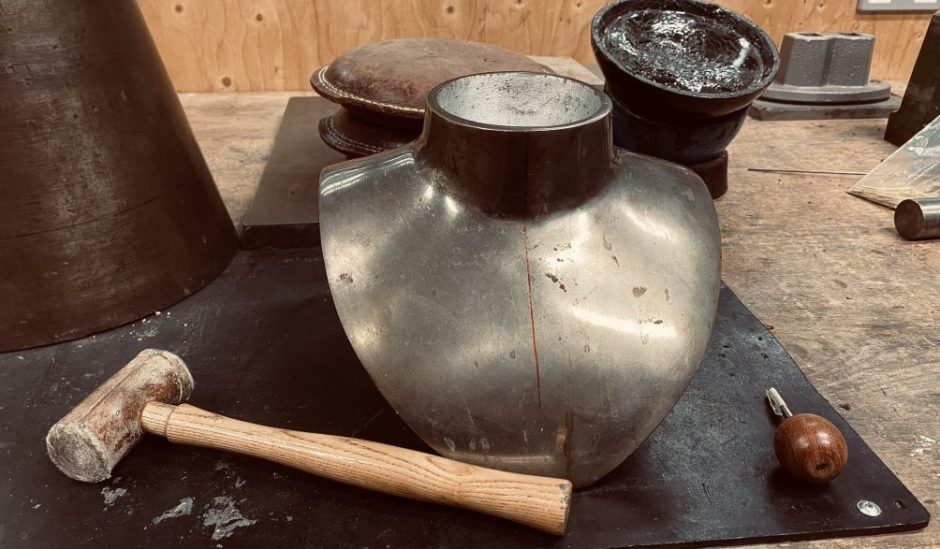The ARP is called ‘Root Techniques’, I want to diversify the methodology we teach , contributing to de-colonising the curriculum and also to embrace the “Roots” of many of the techniques we use. We teach what we accept to be the “correct” methodology but these methods are simply homogenised variations on principles that have been gathered from around the globe and regulated within our own Eurocentric design ethos. There is not always one correct method but a long line of variations and many of which having derived from the respective countries that we gather our students, from where the root technique may have been used for hundreds of years.
I want to compile a mixture of video, visual journal and mini field reports from staff and students of craft techniques, many of which contribute to the style we produce in Europe but all from their respective countries.
This could be compiled by process and chronological index into the Technical Moodle site of UAL and be a resource to inspire their design and making work, opening them up to wider cultural possibilities than what is perceived as standard method in Europe.
What are you going to read about?
The writing of field reports and observations, Tjora (2006) on observation and Ethnography, I found this really interesting in how I might teach students to write these journals and reports and be sensitive to the cultural context that the process are being carried out in. Also look into further examples of ethnographic writing.
What action are you going to take in your teaching practice?
As stated above, I plan to create a database of Root techniques from around the world that staff and students can contribute to. I plan to make a field report template, a framework that outlines ethical observation techniques for students journaling in this manner for the first time.
The template should be short yet detailed enough to emphasise the importance of sensitive ethical reporting and the baseline questions should provide a level of continuity to the database.
I will describe styles of ethnographical reporting to allow for a sense of personal expression it what is observed.
As for the platform I may look at a customised Padlet page that entries can be uploaded to easily and for others to add to and comment on with relevant information.
This has the potential be a large project so I will focus on a slice to demonstrate where I will create the framework for observation with the example of 2-3 pieces of observation with media content.
I will then use a focus group compiled from the 3 year groups and MA to provide feedback on the process.
Who will be involved and how?
This Framework will be available to a Jewellery Design students and we will make them aware of this particularly when they go off for DiPS at the end of 2nd year.
Post 2nd year is ideal as the students have experience in essay writing within the Cultural studies context and have 2 years of workshop and design experience.
What are the health & safety concerns, and how will you prepare for them?
There is a definite need for Health & Safety guide lines for processes like this, the very nature of the workshop in any country carries inherent safety issues such as exposure to materials and byproducts, the use of PPE need to be involved, the general safety and security of anybody traveling to the area as well as understanding that the process may carry cultural sensitivities that the observer must be aware of.
How will you protect the data of those involved?
The observer must ensure they have the informed consent of those involved in the process and exclude any identifiable characteristics or faces from the journal if needed.
There should be a minimum of handlers in editing prior to final edit to preserve content from introduced bias.
Those recording the process need to be aware of who has authority in sharing the cultural knowledge they have observed, some details may be sacred and only passed on by designated individuals.
How will you work with your participants in an ethical way?
By completing this document, I hope to highlight some of the principles in ethical observation reporting for the staff and students that will hopefully gather some of the information.
Observers should have the informed consent of those being observed and understand who owns the knowledge gathered, especially when there is no payment involved.
It is important that those gathering the process data understand the importance of intellectual property, many students coming across such information could struggle to differentiate between the process and the object produced.
Cultural Sensitivity
It’s important to document the observers’ own positionality, this may be pertinent when processes have a religious or sacred cultural importance. Also, when documenting processes in another culture to take a naive standpoint and describe exactly what they see to avoid judgment or influence.
Enviromental sensitivity
Some artisanal techniques might require the use of rare materials to carry out the process so opportunities to record should not be artificially initiated and only take part when the artisans would normally produce the work, this would be to not additionally strain natural stocks and resources.
Commodification
At the heart of education, we are preparing students for the world of work and we must ensure that students and those who use this process depository make clear the significance of the processes to the culture they were gathered in and what it means to those local to it.
We want to discourage the blind taking of knowledge to turn into commercial venture where it has a deeper meaning to the original artisans and culture that it is from.

